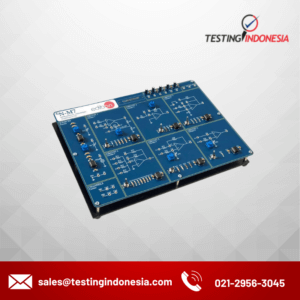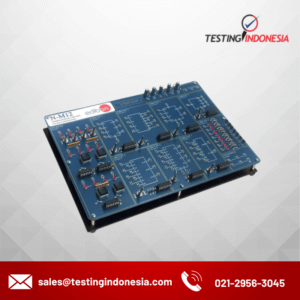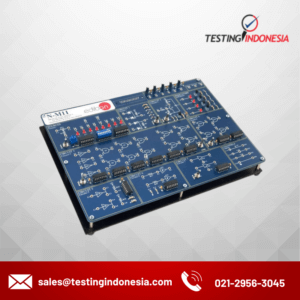Description
The Teaching Unit for the Study of Digital Signal Processing “TDS” allows to study the principles and more important concepts about digital signal processing, including study and practical exercises, among others, of:
- Continuous waveforms generation.
- Analyze the nature of the signals.
- Working simultaneously with two external signals.
- Signals digitalization.
- Fast Fourier Transform visualization.
- Study of the effects of the digital signal processing.
- Study of the effects of the analog and digital filters.
- To analyze the time and frequency responses, before and after the digital signal processing.
- Behaviour of the generated signal or the user’s voice when noise is added to the signal, etc.
- Moreover, it is possible to generate different waveforms by the software and send them to the outputs of the unit. These signals can be visualized by an external oscilloscope or be listened by the speaker.
The “TDS” unit is based on a modular design structure to allows the user a better understanding of the unit. This unit includes the following modules:
- Two Function Generators modules: Each function generator contains a waveform selector to choose one of the three different waveformshapes (sine, triangle and square) and three potentiometers to regulate the frequency, the amplitude and the duty cycle of the signal.
- Noise Generator module: It includes two different noise generators: white noise and pink noise. Each noise generator includes a potentiometer to regulate the amplitude of the noise signal.
- Microphone and Microphone Pre-Amplifier module: It allows to record and adapt the user´s voice to be analyzed with the software ofthe unit.
- PC Inputs/Outputs module: It allows to connect the unit with the data acquisition board (to be placed in the computer) and shows theacquired signals in the unit software. This module contains two BNC connectors for signal inputs and two BNC connectors for signal outputs.
- Power Amplifier module: It contains a potentiometer to regulate the power amplification of the signal.
- Speaker module: It allows to hear the generated signals of the unit and to study the effects of the noise and digital signal processing in the studied signal.
All connections between modules are performed through RF coaxial cable assembly.
This Computer Controlled Unit is supplied with the EDIBON Computer Control System (SCADA), and includes: The unit itself + a DataAcquisition Board + Computer Control, Data Acquisition and Data Management Software Packages, for controlling the process and allparameters involved in the process.






